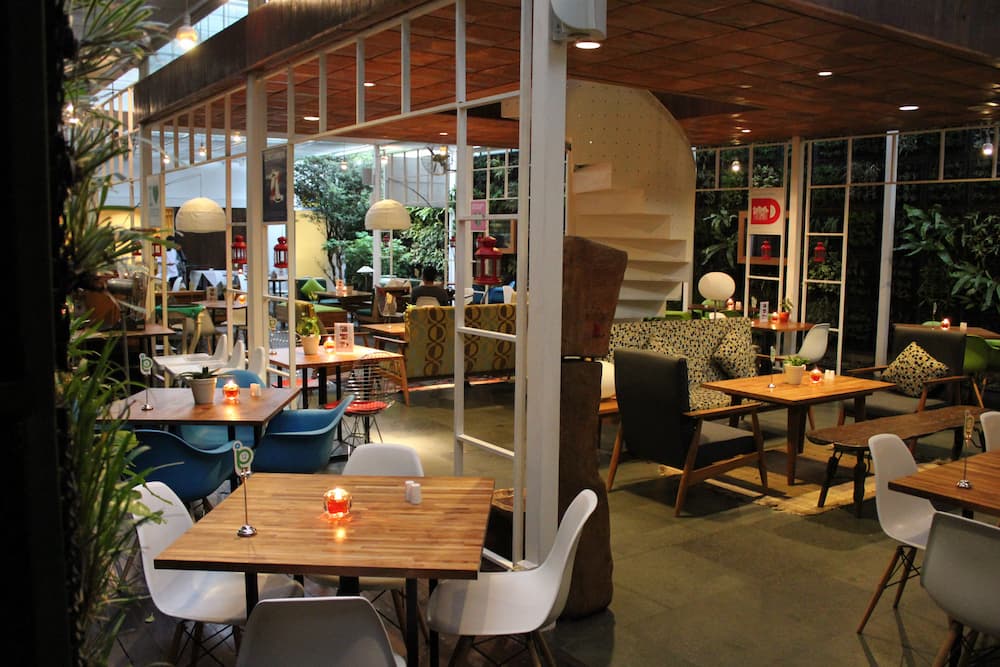So, you want to start a new restaurant and it is fantastic! But will it be successful or become another closed establishment in a year? The answer to this question can be given by a feasibility study. Many novice restaurateurs don’t pay the necessary attention to this document, and, as a result, they waste a lot of time and investment.
It is believed that a feasibility study is a miniature copy of a business plan, containing all its main points and characteristics. In reality, this is not so. Despite the similarity of the two concepts, there are significant differences between them.
Differences Between a Feasibility Study and a Business Plan
In some ways, both concepts are identical to each other. The main difference is that the task of the feasibility study is to substantiate the project already implemented at the restaurant. And the task of the business plan is to justify the existence of the company as a whole. Therefore, when making up a business plan, the document doesn’t take into account the research of the marketing department, market competition, production technology from start to finish, and the process of selling finished products. And a feasibility study is a more capacious and meaningful document.
When preparing a feasibility study, the following points are taken into account:
- Features of the production process;
- Basic requirements for equipment, technical equipment of the restaurant, the state of communications;
- Personnel, costs associated with the organization of the work process;
- Free price for manufactured products;
- Terms of project implementation;
- Economic result.
In a well-written document, the effectiveness of investments will be immediately visible, and it will become clear whether other changes are required in the production process or personnel management, or lending may be necessary because own and borrowed funds will not be enough.
Stages of Developing a Feasibility Study
- Preliminary analysis
Describe a restaurant in terms of format, service, location, food, and many other options. Ask yourself whether your new restaurant will compete successfully with other similar restaurants? What are its competitive advantages? The answers to these questions will help you determine many important aspects. Also, predict what problems or threats your restaurant may face. What does the job market look like? Will the location of your restaurant be convenient in terms of food and beverage delivery logistics? Have you answered all these questions easily? Then proceed to the next step.
- Marketing analysis of the market
Analyze the dynamics of the population in your market area, the lifestyle of the people living in your city, their demographics, cultural factors, traffic, local business development projects, and income levels of various population groups.
Then explore the menus of other restaurants that are alternatives to yours. Map the locations of the respective establishments and the concepts they represent. By the way, the best and most successful restaurant chains now offer fast-food solutions.
Finally, do focus group research, namely, interview real target customers. Ask them a number of key questions about the concept of the restaurant you are working on.
- Building financial projections
This is a very important step. But how do you know your restaurant’s monthly expenses and income when it is not even open yet? Through rigorous research and analysis, you can determine many important aspects of your restaurant.
To calculate approximate income, you need to take into account the opening hours of your restaurant, the number of seats, and income per hour of visiting one customer. This way, you will be able to determine how many customers can be served in an hour, day, week, and month.
- Overview
Recheck all of your research — all the previous steps. Make sure that the feasibility study you create favorably illustrates graphs, charts, and actual data. Make sure that this information reflects the real data. Reconsider your risks and other dimensions of your business model.
Conclusions
Any new project should start with a feasibility study or, at least, a simple financial calculation. Then the probability of failure will be significantly lower. A feasibility study will help you manage your project right from the start. It will serve as a navigator. It will help structure the business, lead it along the desired trajectory, and gradually strive towards the goal. It will show all the key points and tell you which ways to go around if you missed the right turn since a quality feasibility study includes alternate development paths in case the main ones fail. It will also help in making difficult decisions.
A feasibility study is not a guarantee of a successful business but an assistant in assessing your strengths. With its help, it is easier to decide how much to invest in what areas. It will show potential rewards, risks, and possible exit routes.



